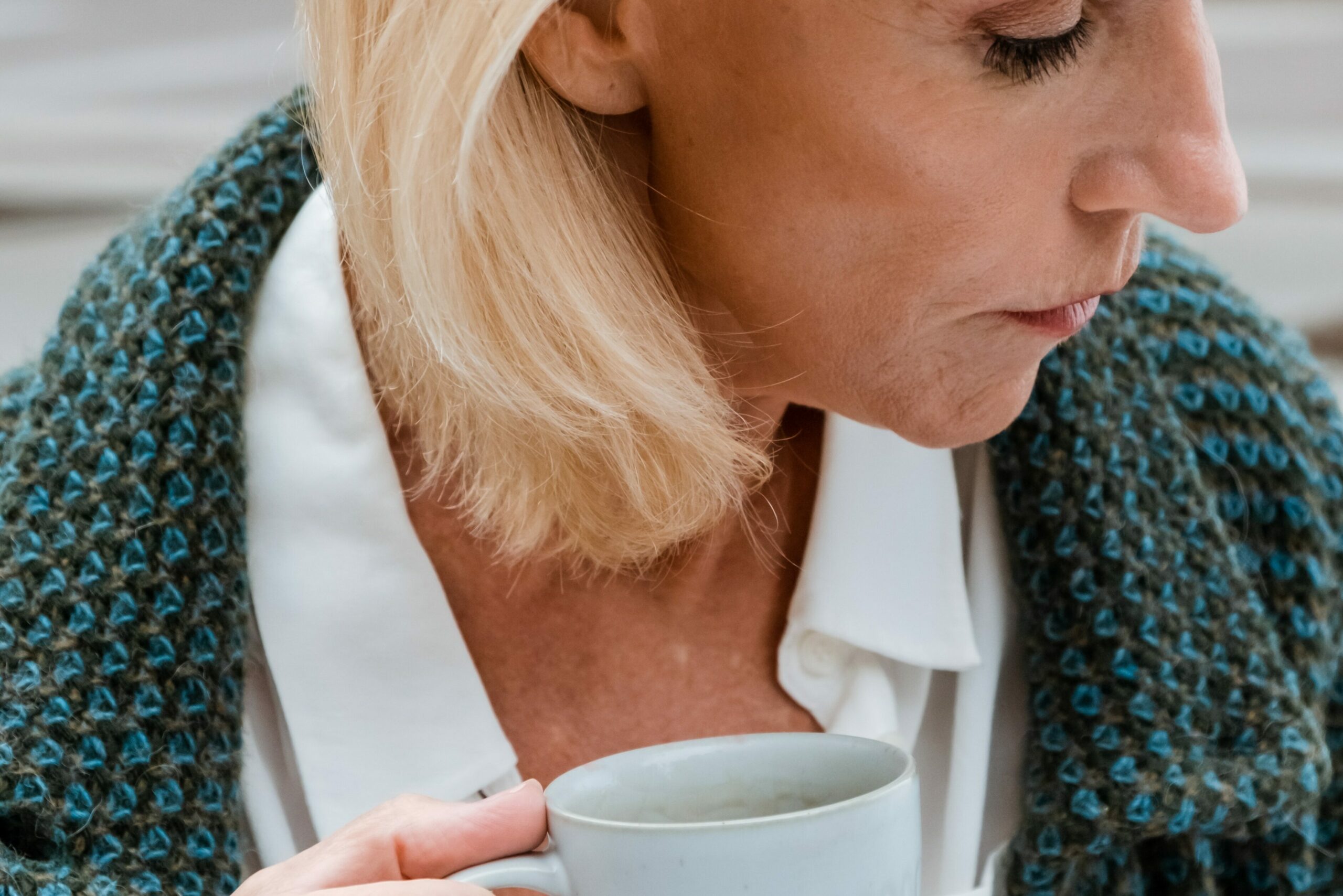
by Samantha Key of Femma

The emergence of hormone replacement therapy (HRT), now referred to as menopausal hormone therapy (MHT), began in the 1960s. However, it wasn’t until the 1990s that its popularity really gained momentum. Quite possibly the most significant event in the journey was the announcement of the results of the Women’s Health Initiative (WHI) study in 2002. The results of which sent a message that HRT was doing more harm than good and led to the uprising of bioidentical hormone therapy.
What is bioidentical hormone therapy?
Bioidentical refers to hormone therapy that is promoted as being unique to the individual, so they need to be compounded. This means that they are not commercially produced so they are compounded by a specialist compounding pharmacy. Unlike with other compounded medicines, the formulation of hormone therapy is dictated by the prescribing doctor and is not standardised or regulated. It may also be constantly changed based on the results of salivary testing, which has been shown to be an ineffective diagnostic test. The hormones are given in the form of creams, troches or pessaries. They can contain a combination of oestrogen, progesterone, testosterone and other hormones. Bioidentical treatment is often termed ‘natural’. The use of this term is often synonymous with the illusion of being safe.
So what has changed in the last 20 years since the WHI study? A key point to take away from the results of that study were the hormones being trialled. Menopausal women with uteri were given a combination of Congugated Equine Estrogens (CEE) and medroxyprogesterone acetate. Women without uteri were given CEE only. While these products are still available today, the shift in gold standard treatment moved to body-identical hormone therapy.

What is body-identical hormone therapy?
Body-identical hormone therapy refers to ‘identical to the hormones produced by the body’. There are both Therapeutic Goods Administration (TGA) approved and unapproved body identical hormones that a doctor may prescribe. There is a common misconception that MHT is synthetic or unnatural and bioidentical hormones are natural, when in fact both are synthesised in a laboratory. However, only MHT is regulated for quality and safety.
MHT in the present day
MHT is available in oral or transdermal (absorbed through the skin) preparations. They contain an oestrogen either as a single ingredient or in combination with a progesterone. Current guidelines show that transdermal oestrogen as the most effective treatment for vasomotor symptoms, such as hot flushes/flashes. As oral oestrogens are metabolised through the liver they have a greater side effect profile.
The progesterones available can either be a synthetic progesterone whose molecular structure is different from natural progesterone or micronised progesterone (MP) that is derived from the yam plant. Micronisation of the progesterone allows it to be absorbed steadily. Synthetic progesterone have androgenic properties, they have a higher cardiovascular risk compared to MP.
If you are experiencing menopausal symptoms, discuss your treatment options with your GP.
References
1 https://www1.racgp.org.au/newsgp/clinical/what-should-gps-know-about-compounded-bioidentical
2 https://www.ncbi.nlm.nih.gov/pmc/articles/PMC6780820/
3 https://bjgp.org/content/68/675/499